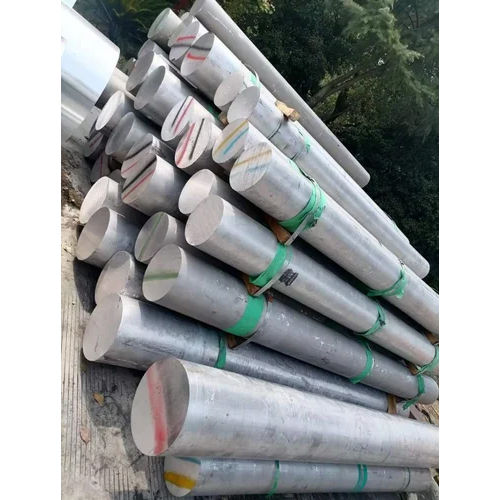H13 Plastic Steel Mould Bar For Die Industry
H13 Plastic Steel Mould Bar For Die Industry Specification
- Grade
- H13
- Type
- Flat bar
- Material
- H13
- Application
- Plastic Mould Die
- Finish
- Polished
- Specific Use
- Die Industry
H13 Plastic Steel Mould Bar For Die Industry Trade Information
- Minimum Order Quantity
- 100 Kilograms
- Payment Terms
- Cash Against Delivery (CAD), Cash on Delivery (COD), Cash Advance (CA), Cash in Advance (CID), Cheque
- Supply Ability
- 5000 Kilograms Per Month
- Delivery Time
- 1 Days
- Packaging Details
- Loose
- Main Export Market(s)
- Asia
- Main Domestic Market
- All India
- Certifications
- Mill T.C./ Lab T.C. / Ultrasonic Reports
About H13 Plastic Steel Mould Bar For Die Industry
Bhagwati Enterprise is one of the Biggest Supliers, Exporters, and Stockist of H13 Material at Best Price.,
Bhagwati Enterprise the best price and best Quality for H13 Block.,
Dealers of H13 Steel Round Bar, Flats bar, Rectangular Block Hex bar, Pipe , Sheets.etc
H-13 Grade Introduction:H13 Tool Steel Blockis a versatile chromium-molybdenum hot work steel that is widely used in hot work and cold work tooling applications. The hot hardness (hot strength) of H13 resists thermal fatigue cracking which occurs as a result of cyclic heating and cooling cycles in hot work tooling applications. Because of its excellent combination of high toughness and resistance to thermal fatigue cracking (also known as heat checking) H13 is used for more hot work tooling applications than any other tool steel.Because of its high toughness and very good stability in heat treatment, H13 is also used in a variety of cold work tooling applications. In these applications, H13 provides better hardenability (through hardening in large section thicknesses) and better wear resistance than common alloy steels such as 4140.H-13 Grade Application:Hot forging and pressing dies, Extrusion dies, mandrels and punches, Hot chisels, Pressure pads, Extrusion stems, and rams, Blanking and bending tools, Hot heading tools, Backer blocks.
- Die Steel Manufacturer in Vadodara, Gujrat
- H13 Die Steel
- H13 Tool Steel Supplier
- H13 Hot Work Tool Steel
- H13 Steel Round Bar
- H13 Flat Bar Stock
- H13 Steel Rod Manufacturer
- H13 Steel Plates for Molds
- H13 Steel Bars for Forging
- Premium H13 Steel Stockist
- H13 Steel DIN 1.2344 / AISI H13
- Exporter of H13 Die Steel
- Wholesale H13 Steel Supplier InVadodara
- H13 Steel Manufacturer India/China
- Buy H13 Steel in Bulk
- Custom Cut H13 Steel Blocks
- OEM H13 Steel Supplier
- Industrial Grade H13 Tool Steel
- H13 Steel Distributor for Machining
- Delivery Location: PAN India / Industrial Hubs Vadodara,Ahmmedabad,Pune, Rajkot, Ludhiana, Coimbatore, etc.


Price:
- 50
- 100
- 200
- 250
- 500
- 1000+
More Products in Steel Bars Category
Carbon Steel Round Bar
Price 85 INR / Kilograms
Minimum Order Quantity : 100 Kilograms
Specific Use : For construction
Finish : Coated
Grade : Carbon Steel
Type : Square bar
Stainless Steel 410 Round Bar
Price 95 INR / Kilograms
Minimum Order Quantity : 100 Kilograms
Specific Use : For construction
Finish : Polished
Grade : 410/420
Type : Round bar
Aluminium Round Bar
Price 280 INR / Kilograms
Minimum Order Quantity : 100 Kilograms
Specific Use : For construction
Finish : Polished
Grade : 7075T6
Type : Round bar
EN Series Steel Bars
Price 70.0 INR / Kilograms
Minimum Order Quantity : 100 Kilograms
Specific Use : Plastic Die Unit
Finish : Coated
Grade : Alloy Steel
Type : Round bar









 Send Inquiry
Send Inquiry Send SMS
Send SMS